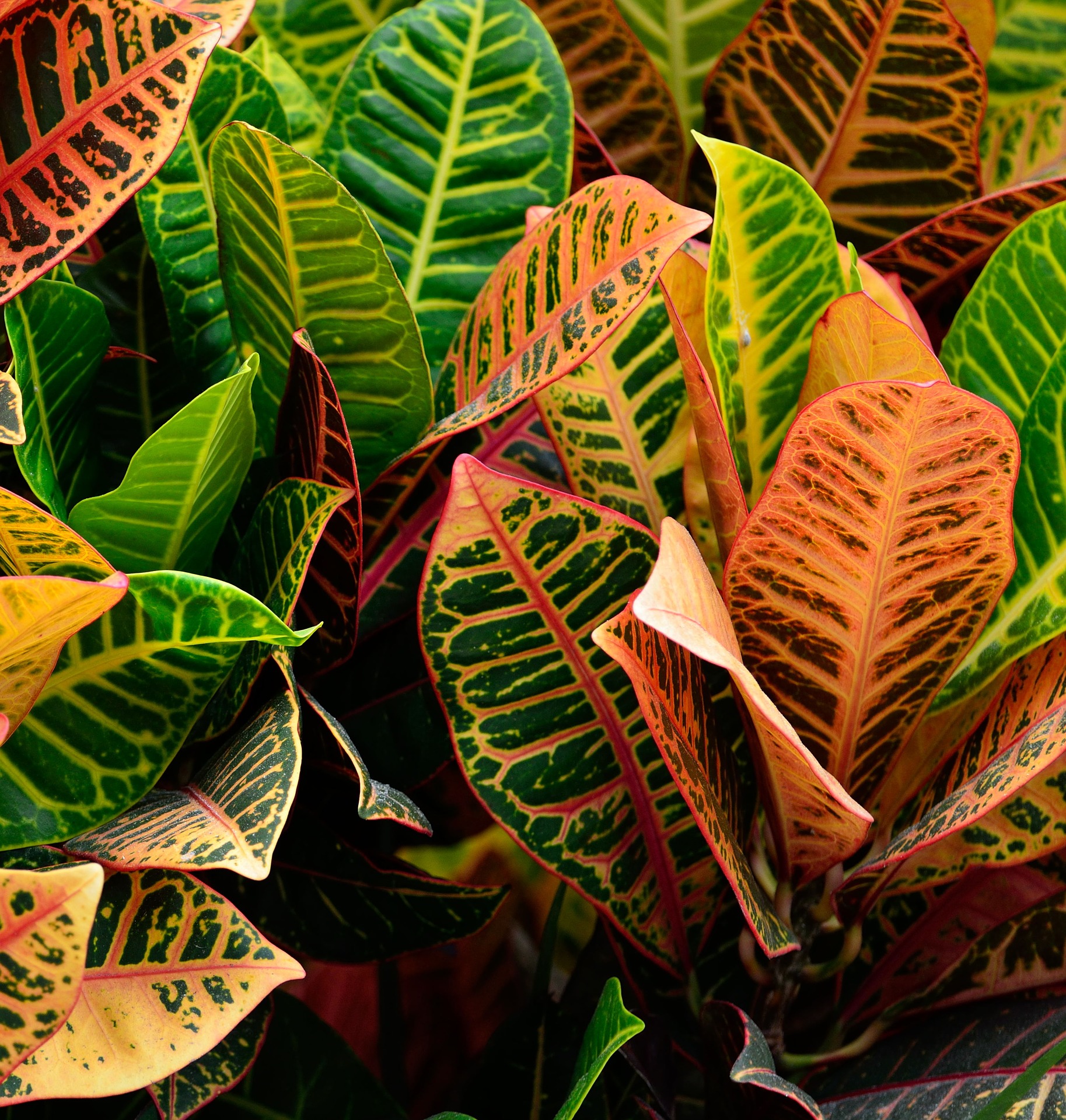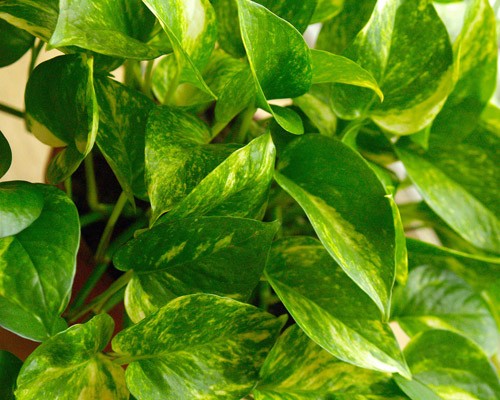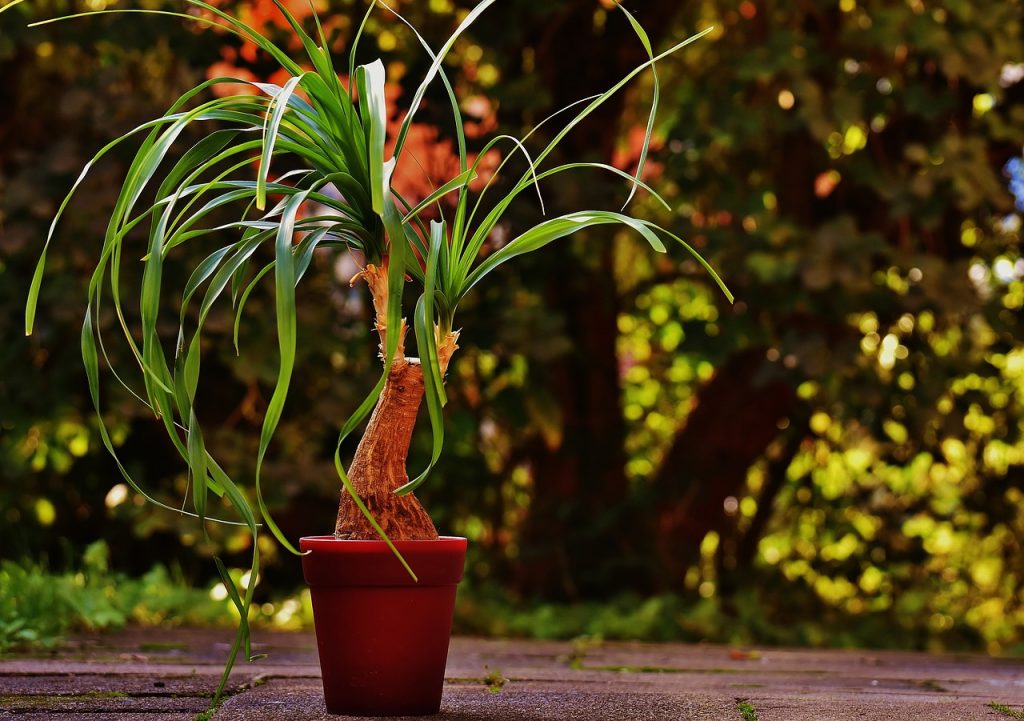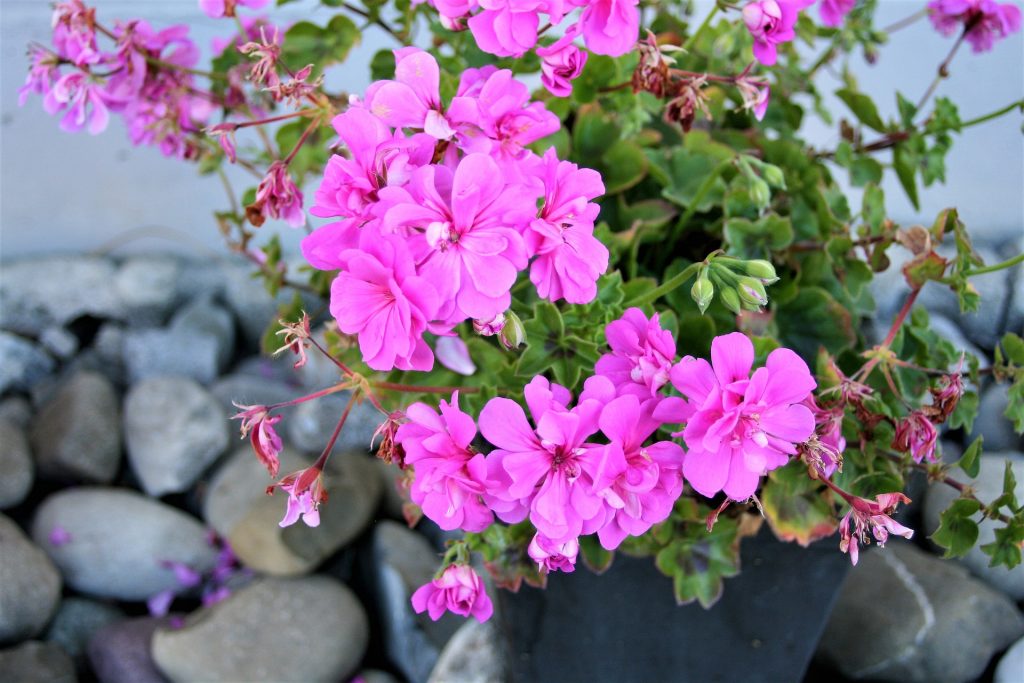Updated August 2022.
It’s official: July 2022 blew through multiple all-time heart records. As United Nations Secretary-General António Guterres has said, “We have always lived through hot summers. This is not your grandfather’s summer.”
We are fortunate living in San Diego where the weather remains close to perfect most of the time, but even we’re feeling the heat and the humidity. If it seems more humid lately, it’s not your imagination. Warmer ocean temperatures generate more humidity. If only they’d generate a little rain!
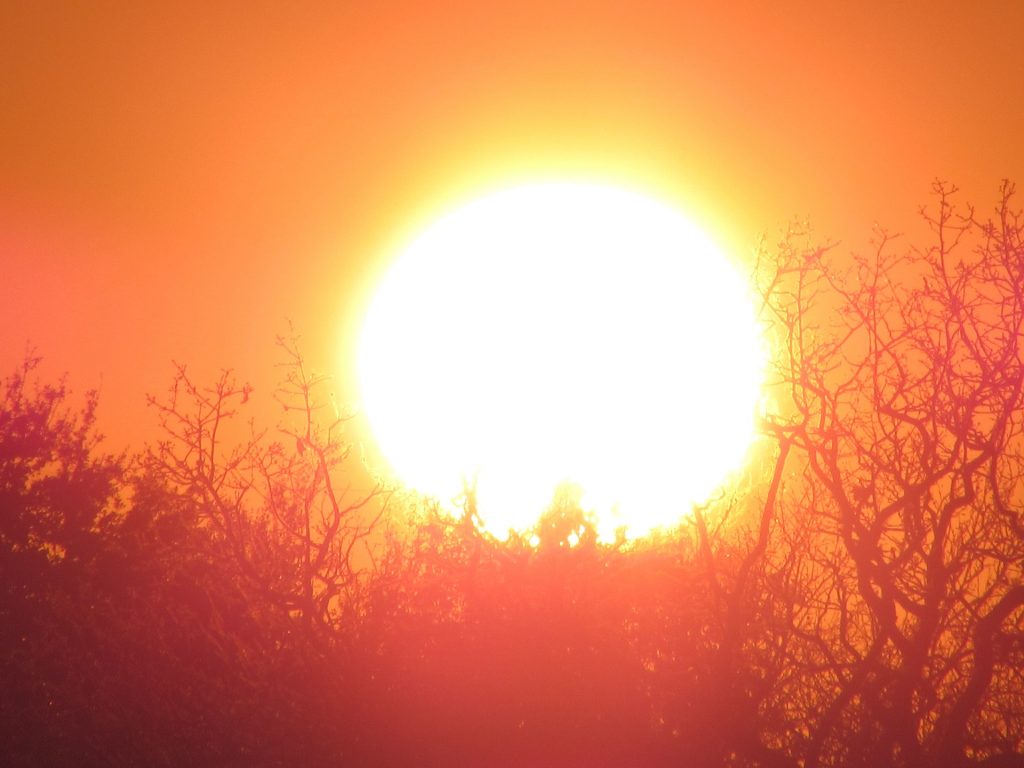
Some plants – like people – are true sun worshippers and love hot growing conditions. Photo: Bucky Lastard/Pixabay – Creative Commons
When you feel the heat, so do your plants. Hot summers can be rough on your plants, even your indoor plants. If you’re trying to conserve energy and save money (and you should!) and not blast the air conditioning, plants can suffer. Plants not native to warm climates or already weak due to poor care, pests, or other issues need extra care.
When it’s warm, plants speed up their version of metabolism, including photosynthesis and growth. It’s nature’s way of taking advantage of positive growing conditions. But this developed long before global warming. Plants thrive as long as temperatures remain 90 degrees or below. Above this, they decline. Plants that aren’t heat tolerant suffer even more. The longer it stays warm, the worse it gets.
It’s not just the air. High temperatures also heat the soil, and this hurts your plants. Container plants are especially sensitive to heat taking hold in the soil. Roots will try to grow deeper to find cooler temperatures and more moisture, but containers don’t provide much relief. If your plants wilt in the later afternoon or show brown burn marks on their leaves, this could be your problem.
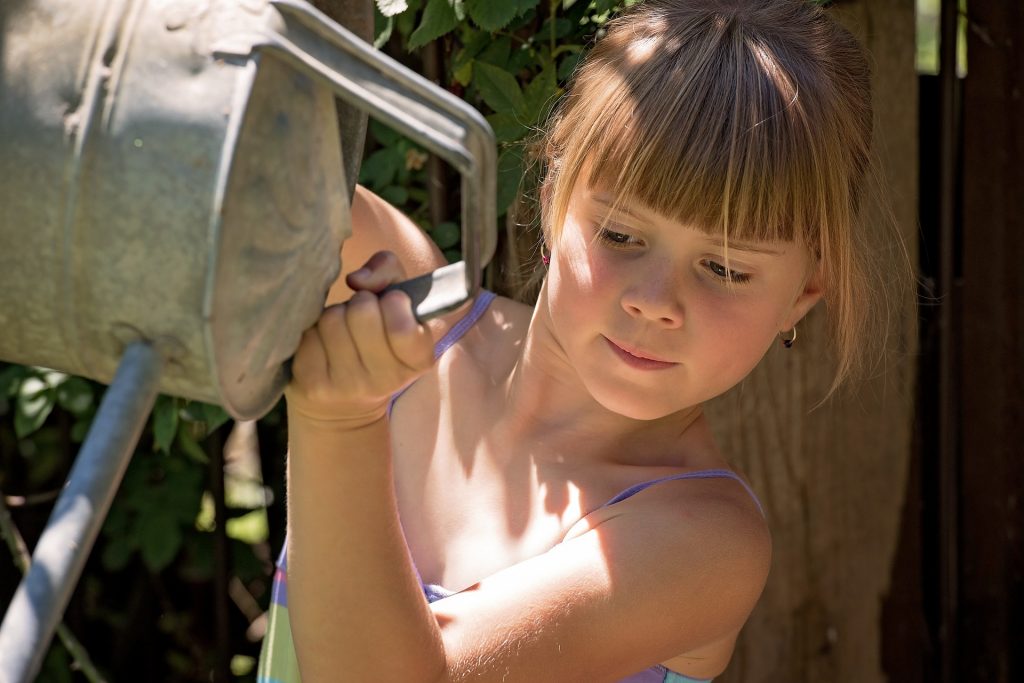
Don’t ever water your plants when it’s warm outside. Instead, water deeply in the cool of early evening. Photo: Pezibear-Pixabay/Creative Commons License
Tip: Hot soil can heat the water up to the point it boils the roots of your plants! Ideally, water deeply later in the cooler evening hours when plant roots can absorb water and protect themselves from heat during the day. There is also less evaporation loss into the air.
In warmer climates and temperatures, you can give yourself a head start by choosing heat-loving plants already adapted to higher temperatures. They are native to hotter, drier climates and have developed leaves and roots to make the most of any moisture.
This doesn’t include a lot of tropical plants. They may live in warm parts of the world. But they often grow under thick canopies of trees in nature where the shade keeps the air cool and humid.
Looking for a few suggestions? We won’t let you down. Here are some proven choices with the ability to thrive when it’s warm.
Succulents
Not a surprise, right? This family of plants are gaining popularity across the world. They’re especially trendy right now due to their low-water-use and low maintenance. The thick leaves of most succulents store every bit of moisture they can. This is why they thrive on human neglect too. Remember – every cacti is a succulent, but not every succulent is a cacti
Aloes
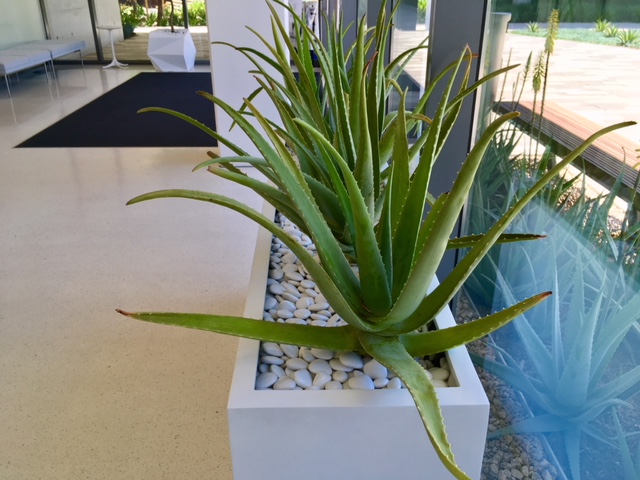
Good Earth Plant Company used aloes in this workplace lobby planter facing a window with ample light. Photo: Good Earth Plant Company
These tough succulent plants can survive in nearly any conditions with good light. In addition to the common Aloe Vera, there are lots of hybrids available with interesting spear-shaped leaves. Aloes grow well in direct sunlight, but appreciate a little shade. Just be sure to water every few weeks.
Pothos
Is there any circumstance where a Pothos doesn’t do well? Other than full sun, we can’t think of any. Pothos is a popular choice for nearly anyone. Their trailing stems and striped leaves combined with their ability to thrive anywhere make them ideal houseplants. They don’t need a lot of water so even when it’s warm they can tolerate it. Their large leaves transpire and release excess water into the air to cool themselves, and this provides a boost of humidity in your home or office too. Check them out growing wild in Hawaii – their leaves are three feet across!
Ponytail Palms (Beaucarnea recurvate)
Ponytail palms (also called elephant’s foot) trees don’t need much attention. They are native to Mexico and love a bright sunny spot. The plant stems draw moisture from its reserves, so let it dry out a bit between watering and don’t overwater.
Geraniums
Geraniums are sun worshipers! They are popular landscape flowers, but there are indoor varieties too. If you have a screened porch, patio, or an old school sunroom, put some geraniums in large containers, and they will provide beautiful color. Just don’t put them in the dark.
Umbrella Plants

Umbrella plants come in multiple varieties and sizes. Photo: Nathalie Cone/Pixabay – Creative Commons
Umbrella plants love to sit in a sunny window. If they are in direct sun, keep the soil moist with a thorough weekly soaking. But don’t let the roots get too soggy. Keep an eye on the underside of the leaves for pests and just wash them off with soapy water.
Crotons
These plants are known for spectacular variegated leaves in all kinds of colors. The leaves are thick and heavy and hold water well. The leaves take on more intense colors of red, yellow, and orange when exposed to more sunshine. Just like umbrella plants, keep the soil moist, but not completely wet. In Hawaii they are used outside and shaped into hedges.
Yucca
This beautiful yucca photographed in Arizona by Robert Shea is flourishing in sunlight, but they will also be happy in a sunny window. Photo: Robert Shea/Flickr-Creative Commons License
If there is one thing yucca plants crave, it’s sunlight. Put your yucca in a tall or deep container or these tall plants might tip over. The deeper container will also let you water deeply but less often. You might only water once a month. This makes for a happy yucca.
Do your indoor plants need a little extra care this summer? Is it time to upgrade your workplace greenery in preparation for more employees returning to the office after Labor Day? The horticultural experts at Good Earth Plant Company are here to enrich your life with plants! Give us a call at 858-576-9300, or email us at info@goodearthplants.com

